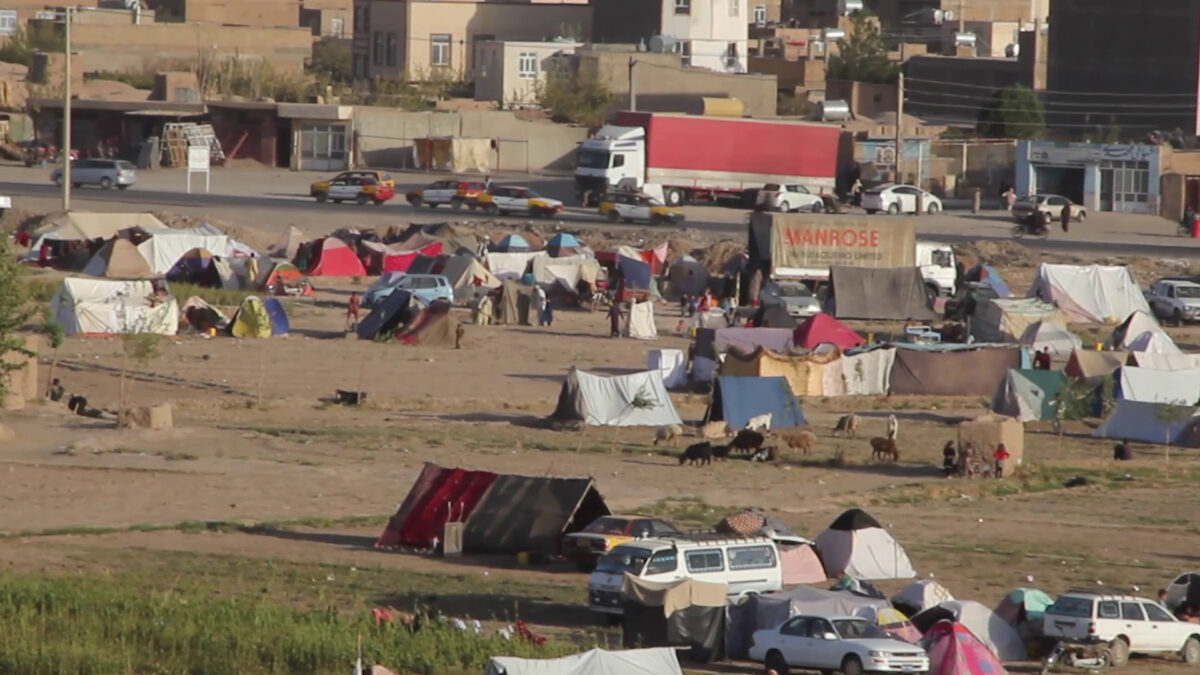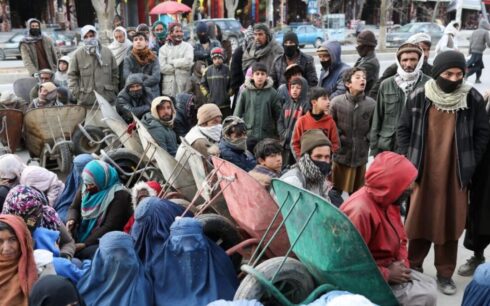KABUL, Afghanistan — More than a year after a series of devastating earthquakes ravaged Herat Province, over 275,000 people remain in urgent need of assistance, the United Nations Office for the Coordination of Humanitarian Affairs (OCHA) said in a report released Wednesday.
The earthquakes, which struck on October 7, 11, and 15, 2023, claimed 1,480 lives, injured nearly 2,000, and destroyed 382 villages. Entire communities were left without homes, schools, health centers, or essential infrastructure, further compounding decades of conflict and economic challenges. As winter approaches, 25,000 families still lack adequate shelter, raising alarms about worsening humanitarian conditions.
Funding and relief efforts fall short
Despite the rapid mobilization of humanitarian organizations, including $14.7 million in aid from the Afghanistan Humanitarian Fund and the UN Central Emergency Response Fund, resources remain insufficient to meet the growing needs, OCHA says.
The report adds that food, temporary shelter, healthcare, and educational support reached some of the worst-affected communities, but significant gaps persist.
Tahmina, a 25-year-old mother from Herat, recounted the immense toll the earthquakes have taken on her family. She lost 14 relatives, including her parents and siblings, and her children continue to suffer from trauma.
“We are thankful for the temporary shelter and cash assistance we received,” she said. “But we still need a permanent home and sustainable support to rebuild our lives.”
Widening humanitarian crisis
Afghanistan’s humanitarian crisis extends beyond Herat. As of mid-October, the country’s Humanitarian Needs and Response Plan faced a $2.09 billion funding gap, with only 31.4% of the required $3.06 billion secured, the report said.
According to the report, this shortfall threatens critical services in healthcare, nutrition, sanitation, and shelter, leaving 3.7 million people without access to essential medical care. Food assistance has been scaled back, excluding entire districts, and increasing malnutrition risks.
Humanitarian efforts are also hampered by restrictive policies imposed by the Taliban. In 2024 alone, the Taliban issued 97 directives affecting humanitarian operations, six of which specifically targeted women’s participation. These restrictions have delayed projects, limited operational scope, and heightened risks for aid workers.
The growing burden of displacement and natural disasters
From July to September, flash floods impacted over 18,900 people across 14 provinces, damaging homes and agricultural assets critical for food security. Meanwhile, the return of more than 1.1 million Afghan migrants from Iran and Pakistan has placed additional strain on the country’s limited resources, the report says.
OCHA emphasized that the $2.09 billion funding gap includes an urgent $1.09 billion shortfall in healthcare, nutrition, and shelter sectors, exacerbating challenges for vulnerable populations.
Combating deadly legacy of landmines
OCHA says its report that Afghanistan remains one of the world’s most heavily mined countries, with approximately 3.2 million people living near explosive hazards. Between January 2022 and February 2024, 86% of the 1,401 casualties from explosive remnants of war (ERWs) were children.
Efforts led by the UN Mine Action Service and Afghan organizations have cleared over 1.1 million square meters of contaminated land in northern Afghanistan, enabling families to return to farming and trade. However, only 40% of the 2024 Mine Action Needs and Response Plan is funded, leaving communities at risk, the report says.
A call for action
As winter looms, OCHA urged international donors to address Afghanistan’s humanitarian funding shortfall, warning that millions remain at risk. Enhanced global engagement with Afghan authorities could help facilitate aid delivery and ensure critical resources reach those in need.
“Investing in humanitarian relief and mine clearance is not just about survival—it’s about securing hope and a sustainable future for Afghan communities,” the report concluded.





